Advancing technology continues to influence many fields, including the world of cinema. Producers are pushing the boundaries of design and production to bring stories to the audience in the most effective way, with developing scenarios.
The world of cinema, which follows developing technology in every field from visual effects to stage design and develops innovative methods, has broken new ground with its unique movie props created using 3D printing technology. With 3D printing, filmmakers can bring imaginary worlds and characters to life. This technology allows for the rapid production of complex costumes or realistic weapons, significantly reducing production times while offering artists the freedom to work within a vast creative space.
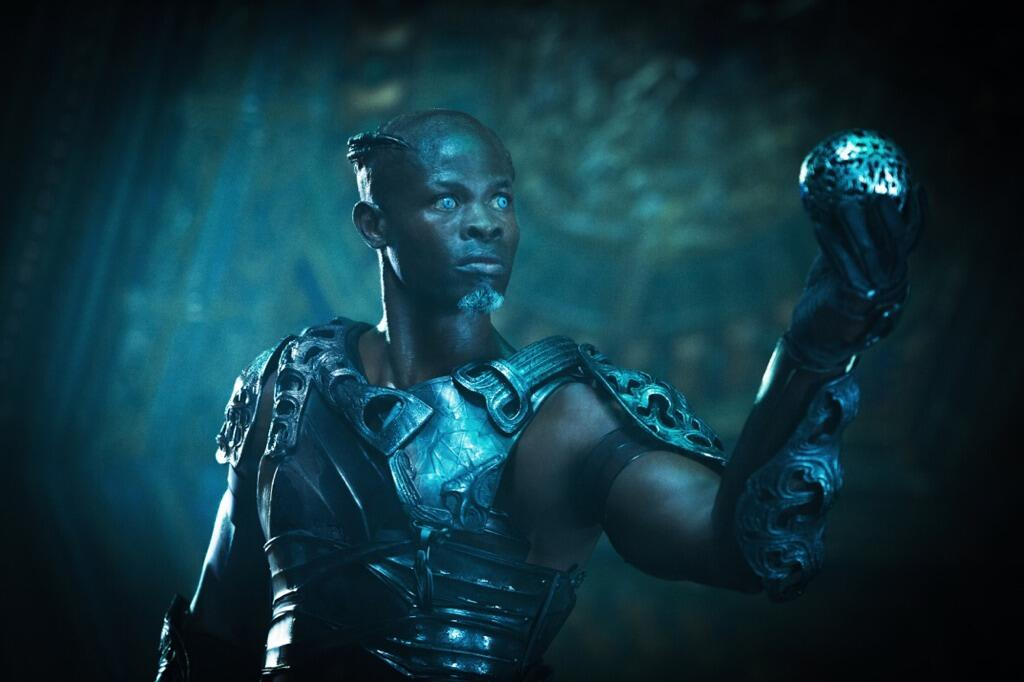
First developed in 1981, 3D printing is the process of transforming a three-dimensional model designed on a computer into a physical object by adding material layer by layer. A digital model of the object to be 3D-printed is created with computer-aided design tools. This model is divided into hundreds of horizontal layers with the software used, through a process called “slicing”. A suitable material is selected for printing, and the 3D printer uses the sliced data to build the object layer by layer. If desired, the printed object can be colored using appropriately chosen materials. This technology supports freer thinking in the world of cinema and design, quickly transforms ideas into reality, and can do this with a low budget.
Here are 10 famous movie props created using 3D printing:
First Men: Apollo 11 Capsule Replicas
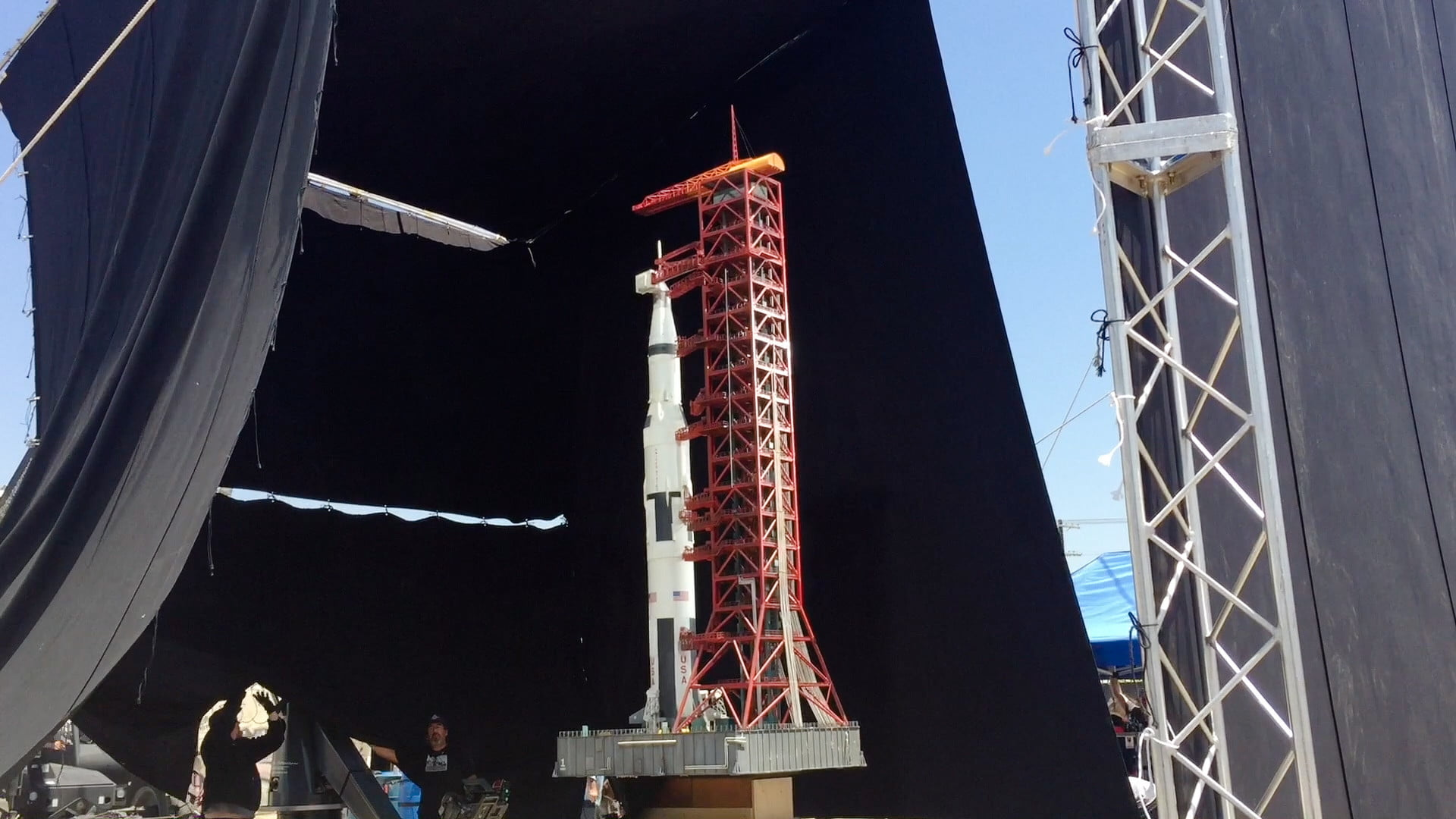
Released in 2018, First Men is a biographical drama film directed by Damien Chazelle and written by Josh Singer, about Neil Armstrong’s moon landing. Famous props in the movie, such as the Apollo 11 capsule and the Saturn V rocket, were produced using 3D printing. Thanks to 3D-printing, the production was able to take advantage of time and cost savings, enabling rapid prototyping and detailed customizations for special effects. Nathan Crowley, the production designer for First Man, was able to produce many of the film’s props, including the Apollo 11 capsule, using two BigRep One 3D printers he rented. The 3D printed replicas, created using references from real NASA plans, were produced in a total of six months from PLA (translucent) material.
The Hobbit Trilogy: Weapons, Armors, Fantastic Creatures
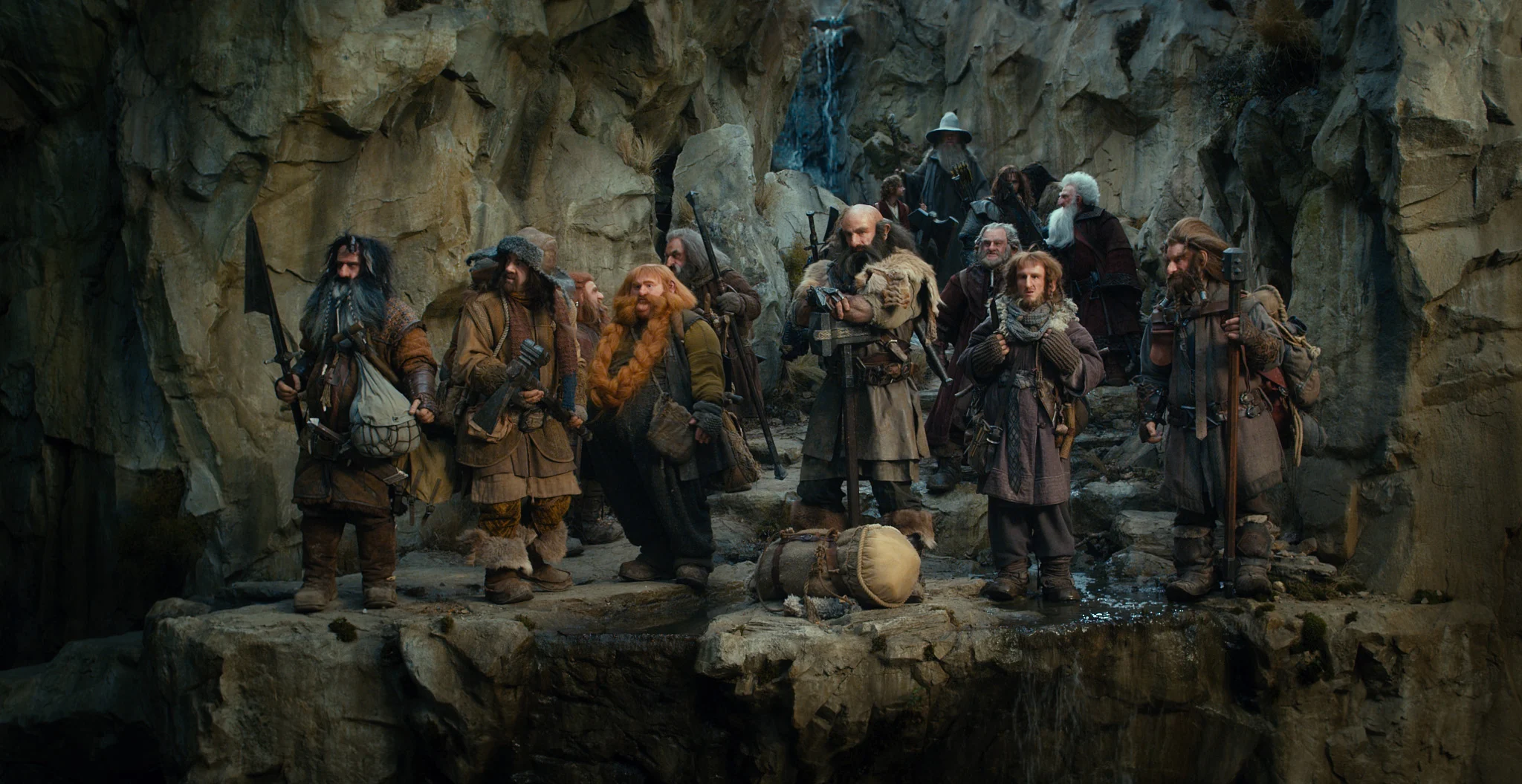
The Hobbit trilogy (2012-2014), directed by Peter Jackson, tells the stories of Bilbo Baggins in Middle Earth. To bring this world to life in a visually compelling way, many of the trilogy’s props were created using 3D printing technology. New Zealand-based Weta Workshop was able to produce the weapons, armors, and even fantasy creatures in the movie in a short time with 3D printing, preserving their details. From Bilbo’s Sting sword to intricately designed dwarf armor, 3D printing ensured precision and consistency across multiple versions of the same prop used in different scenes.
One of the most famous accessories of the trilogy, Thorin Oakenshield’s famous sword Orcrist, is an impressive weapon with intricate dragon motifs. While a real metal-forged version of the sword was made for the movie, a lightweight 3D printed version was used during fight scenes and for easier handling by the actor, prioritizing comfort and safety. 3D printing technology allowed the sword to be produced quickly and easily in different sizes and weights from the same mold, and the sword could be produced with all its details. Additionally, the 3D models created for printing were used as references for digital assets in CGI-integrated scenes.
Black Panther: Queen Ramonda’s Costume
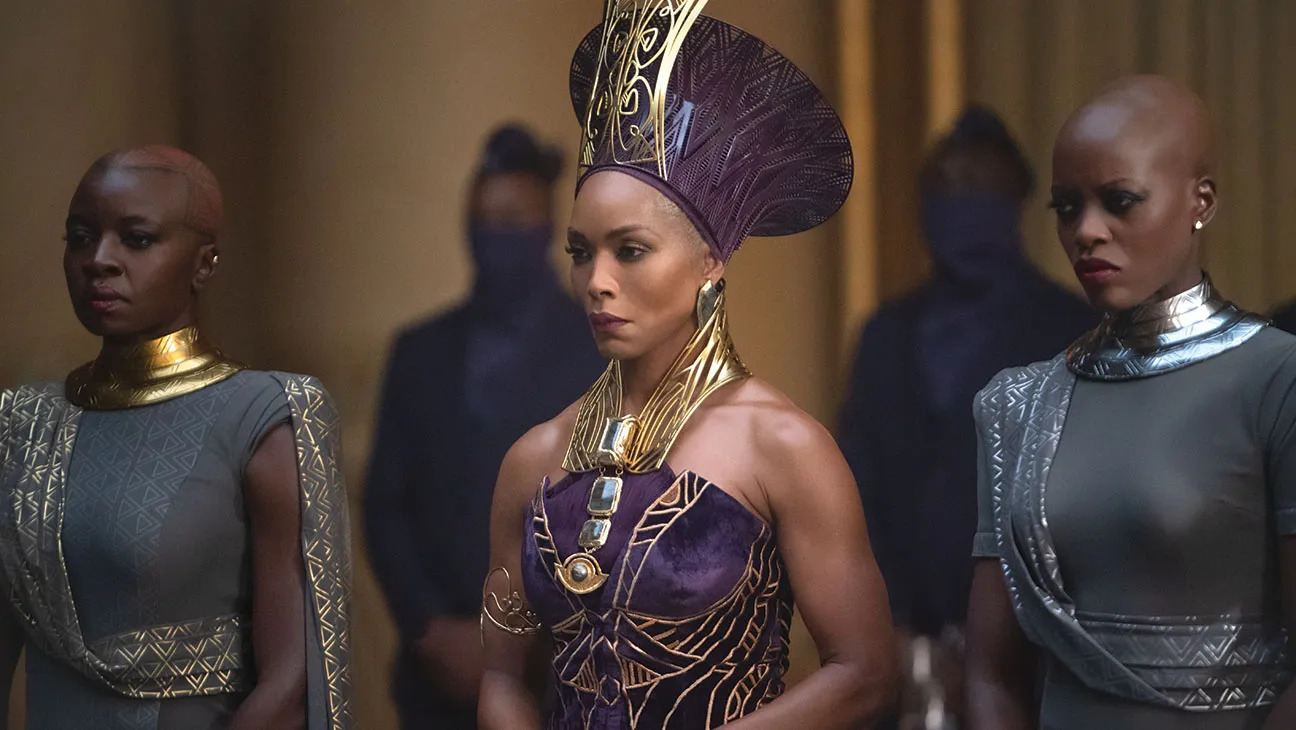
Marvel played a significant role in integrating 3D printing into the film industry, most notably in Black Panther, where Queen Ramonda’s extraordinary costume was created using 3D printing technology. The high cylindrical crown and accompanying shoulder armor have complex knitted patterns and interlocking geometries. Technology and fashion were blended in the costume produced entirely with 3D printing.
The costume produced with a 3D printer was more flexible, lightweight, and durable than the costume that could be made with traditional fabric or metalwork. Costume designer Ruth E. Carter digitally modeled the components of the costume and the iconic crown, which were then printed using SLS (Selective Laser Sintering) and PolyJet technologies. After being printed in black, the pieces were finished with a matte surface coating, completing the striking final look.
In addition to the Queen’s costume, the iconic vibranium armor and panther mask of the Black Panther character were also produced using 3D printing. While these elements were also rendered with CGI, the physical 3D printed models were used for close-up shots. Following the success of the first film, the sequel Wakanda Forever featured complex and meticulously crafted costumes that were supported by 3D printing, just like in the first movie.
Thor’s Hammer: Mjölnir
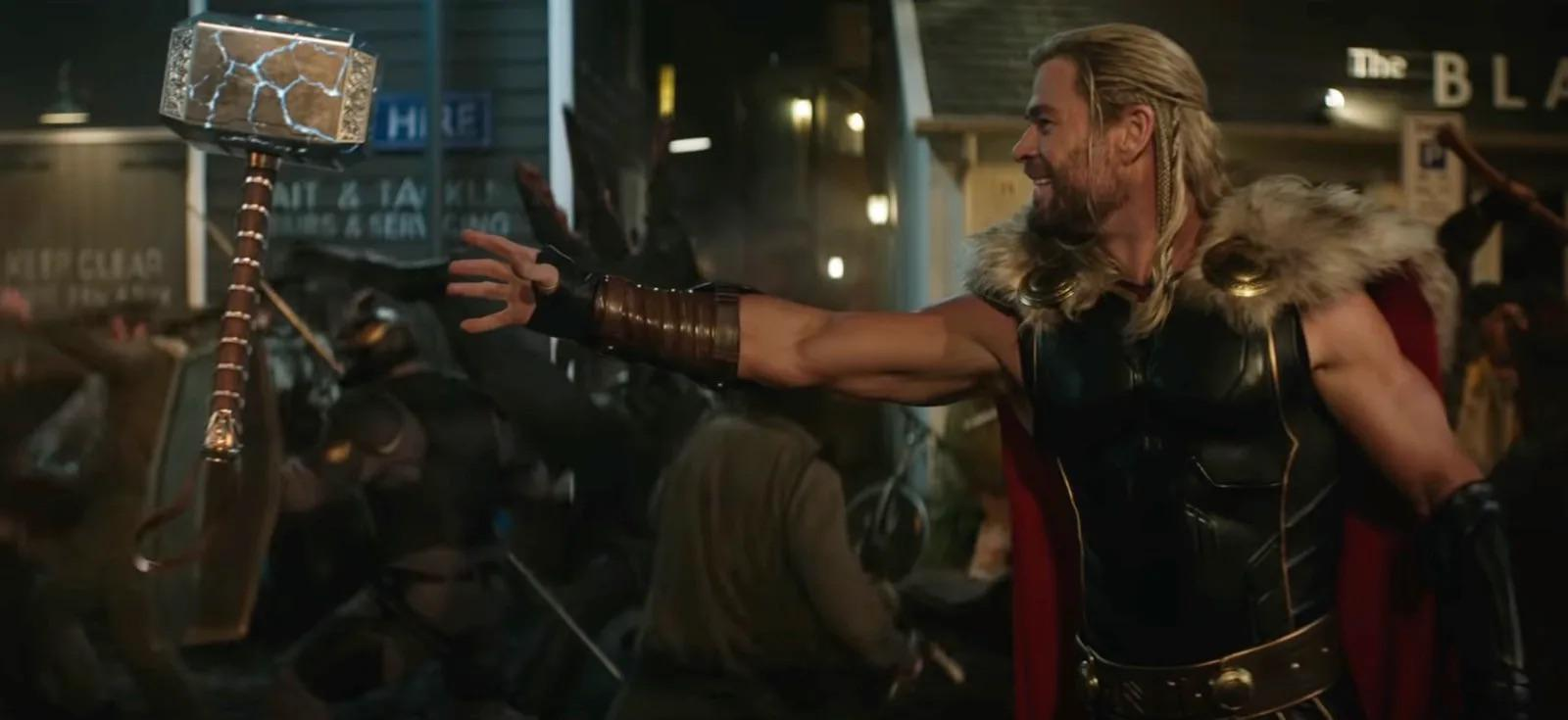
The Marvel universe has used 3D printing to create many unique props in its movies. Mjölnir (Thor’s hammer), which is one of the most popular films of the production and is one of the most recognized film accessories by the audience, was produced using 3D printing. England-based Prop Shop was able to produce many hammers in different versions for Thor (2011) in a short time with 3D printing. Lightweight variants were used in action-packed scenes to make handling easier for the actor, while heavier versions added authenticity in static or close-up shots. The hammer, which was specially produced for each scene, made the film more effective and made Mjölnir one of the most famous movie props.
With its hexagonal body, grooved patterns, sharp edges, and engraved Asgardian inscriptions, the hammer required highly detailed modeling using software like Blender, Fusion 360, and TinkerCAD. Depending on scene requirements, suitable materials were selected, and the hammer was printed in several parts. These parts were then assembled using strong adhesives or epoxy resin and painted to achieve the final look. Thus, Marvel has managed to bring to life one of the most iconic props in its universe, Thor’s Mjölnir, through 3D printing.
Guardians of the Galaxy: Star Lord’s Mask, Korath’s Armor

One of Marvel’s blockbuster movies that is loved by millions is Guardians of the Galaxy. Famous props such as Star Lord’s mask or Korath’s armor were produced with 3D printing. These props, featuring complex organic and symmetrical forms, were quickly and consistently reproduced thanks to the precision and efficiency of 3D printing. In addition, for the first time, a costume that can be worn in the Guardians of the Galaxy movie could be produced entirely with 3D printing. The Objet500 Connex printer was used in the production of these props. This technology allows multiple colors and materials to be combined into a single printed object, making it ideal for creating intricate, high-detail props and wearable designs.
Missing Link: Mr. Link’s Faces
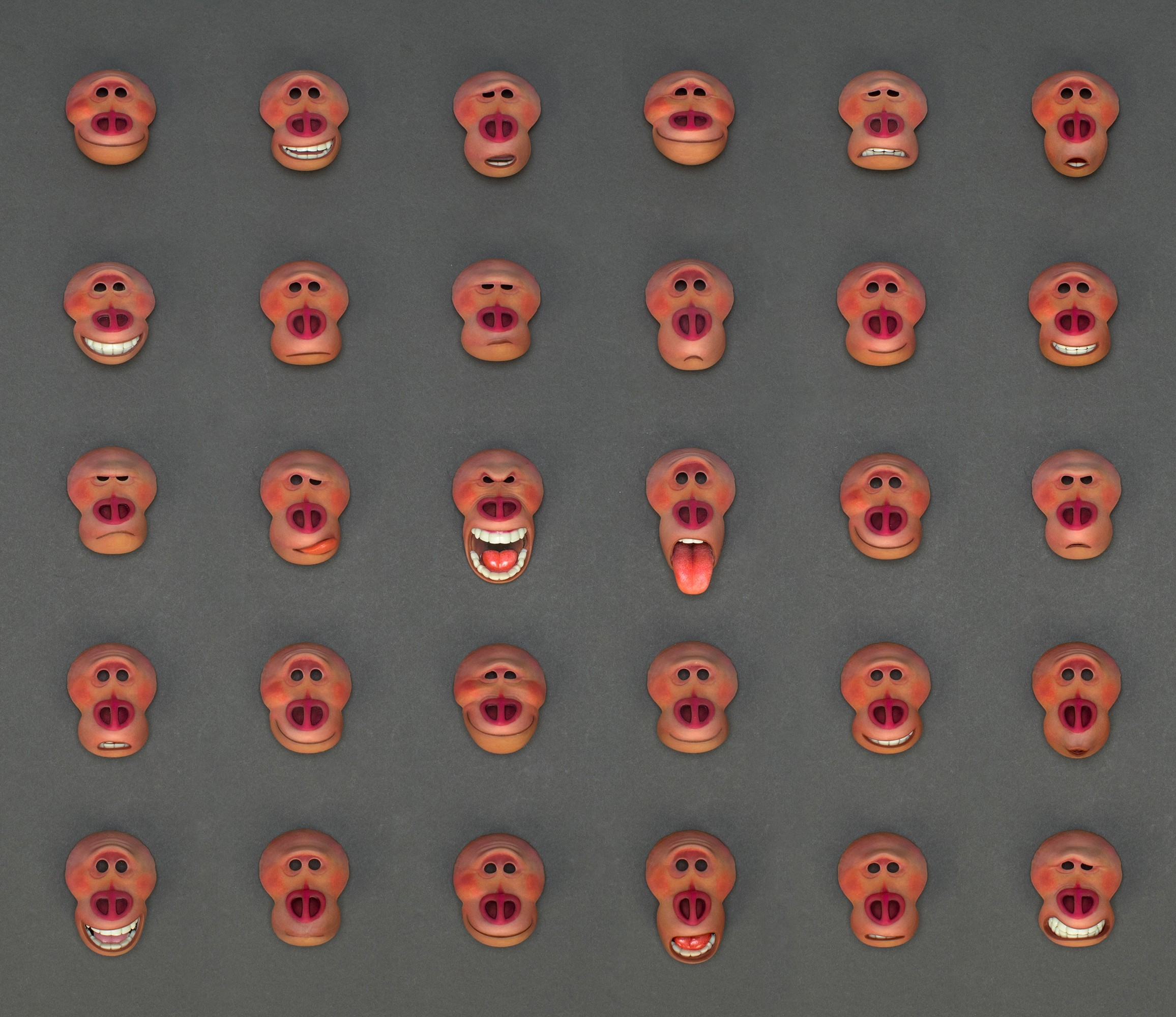
In the 2019 animated movie Missing Link, over 100,000 expressive faces for the main character, Mr. Link, were produced using 3D printing. One of the first major stop-motion movies to use full-color 3D printing, hundreds of interchangeable face models have been produced for each of the Missing Link characters. LAIKA Studios collaborated with Stratasys to produce more than 300,000 3D-printed elements for the film, from facial expressions to the tiniest set pieces, using the J750 PolyJet technology. The J750 features true, full-color capability, texture mapping, and color gradients, allowing for unique-looking props to be produced for the movie. Thanks to its ability to print directly in color and texture, the faces printed for Mr. Link required no additional painting, streamlining the animation process while maintaining stunning visual detail.
If you’d like to stay informed about technologies that are shaping the world of design, just like 3D printing, be sure to check out PAACADEMY. By joining PAACADEMY’s workshops, you can master advanced parametric design tools from leading industry experts, learn how to integrate artificial intelligence into design workflows, and leverage computational design in architecture.
Jurassic Park: Velociraptor Claw, Replica Dinosaurs

Jurassic World, from the classic Jurassic Park film series, is a science fiction film written by Derek Connolly and directed by Colin Trevorrow, watched with interest by thousands of viewers. Known for groundbreaking animatronic and digital effects, the film also used 3D printing technology to bring dinosaurs to life in a more realistic way. The production team scanned real fossils and bones to create digital 3D models, which were then adjusted to represent male, female, and juvenile dinosaurs before being 3D printed. The dinosaurs looked as realistic as possible thanks to the layered production used.
One of the first props produced in the Jurassic series was made by the character Billy Brennan in Jurassic Park 3. A replica of a dinosaur’s resonance chamber was 3D printed to recreate the sound the creature made. A few years later, the team again resorted to 3D printing technology to create dinosaur skulls. In Jurassic World: Fallen Kingdom, four full-scale dinosaur replicas were produced using CNC milling techniques, but the process still relied on 3D models for design and detailing. The Velociraptor claw, one of the iconic props of the Jurassic Series, was also produced as close to reality as possible using 3D printing technology. Thanks to this technology, the production team was able to fabricate realistic, high-detail dinosaur parts and props quickly and at relatively low cost.
James Bond: Cars, Weapons
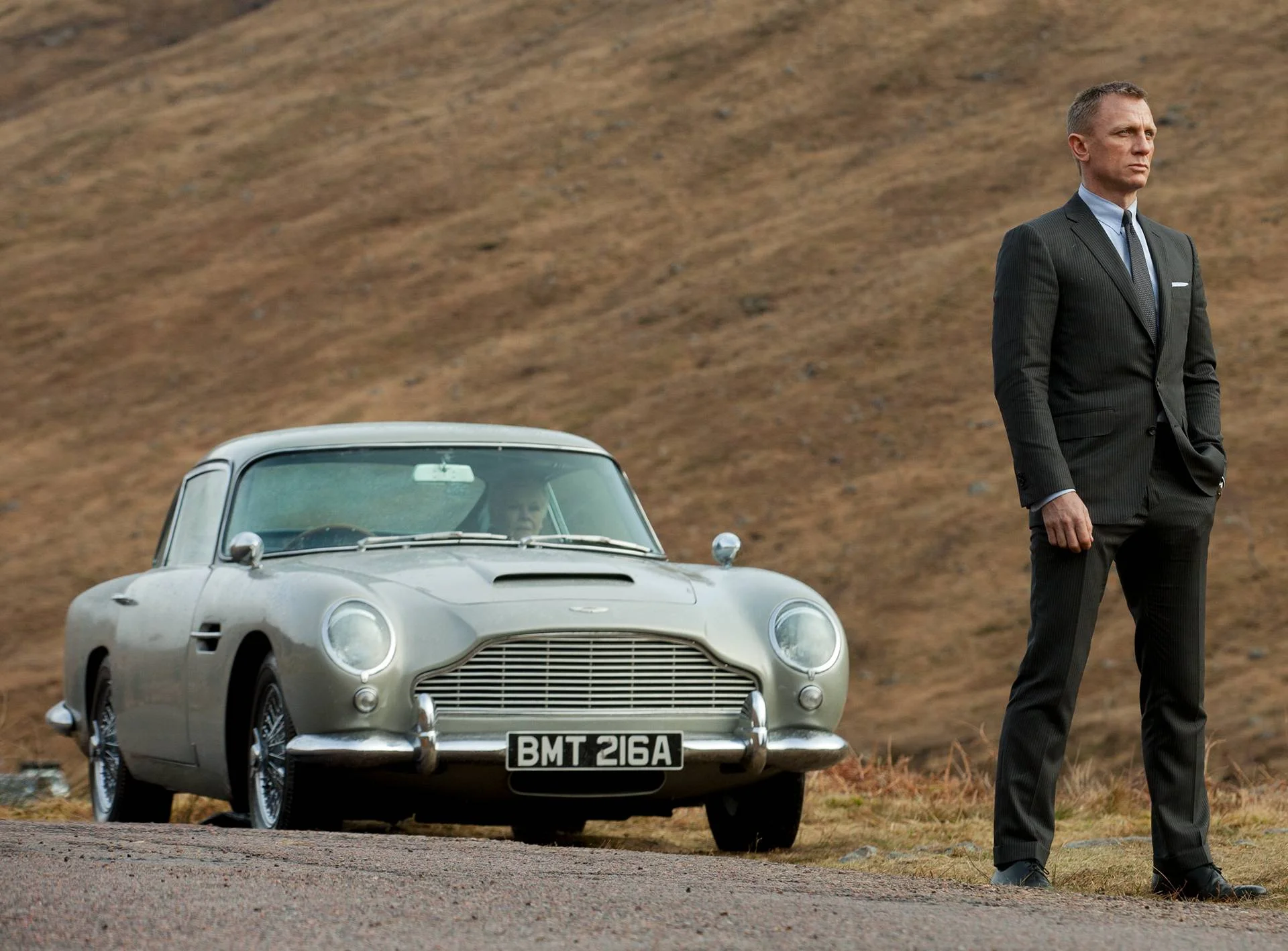
The James Bond series, which has a total of 26 films played by 6 different Bond actors since the 1960s, is a very popular action film worldwide. The franchise first incorporated 3D printing technology during the production of the 2012 film Skyfall. Props such as weapons, spy gadgets, and miniature cameras were 3D printed with high precision and minimal error, streamlining production.
The Bond films are also famously known for their iconic cars. For this reason, the production team collaborated with PropShop Modelmakers Ltd., a company specializing in film props, and commissioned Voxeljet AG to create replicas of the classic Aston Martin DB5 model for three separate scenes. Thus, very expensive cars were used in the action-packed explosion scenes of the movies. The VX1000, an industrial large-format 3D printer, was used with binder jetting technology to produce Aston Martin replicas that looked strikingly similar to the original.
Maleficent: Armor of The Fresian Horse
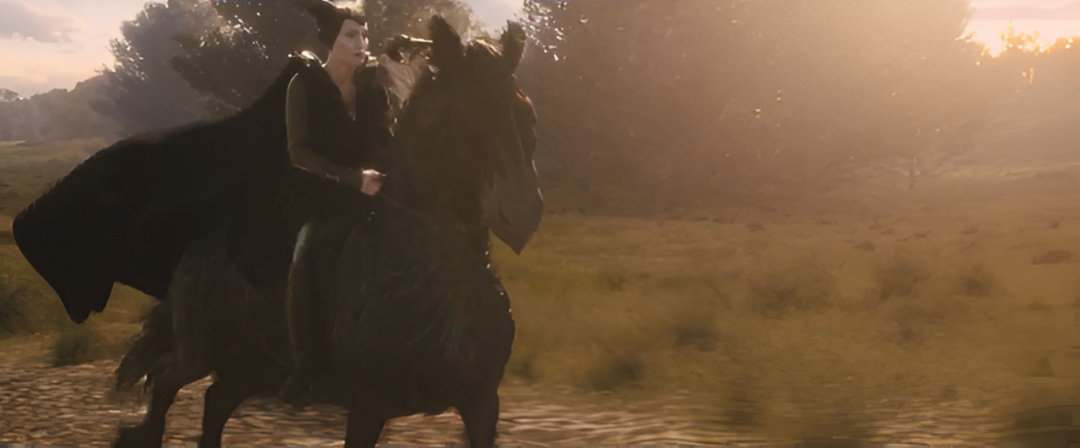
Produced by Disney and released in 2014, Maleficent brought the classic Sleeping Beauty tale to the audience with a new perspective and striking visuals. The film’s production team utilized 3D printing technology to bring its fantasy elements to life, most notably, the armor worn by the Friesian horse featured in the film.
A Friesian horse was first 3D scanned, and then a custom suit of armor was designed based on its exact measurements. With this method, which combines aesthetic appeal with comfort, the armor made of lightweight and durable materials perfectly fits the horse’s body structure and increases the horse’s comfort. This famous prop, which became iconic with the Maleficent movie, shows how 3D printing technology can improve storytelling in film accessories.
Zero Dark Thirty: Night Vision Googles
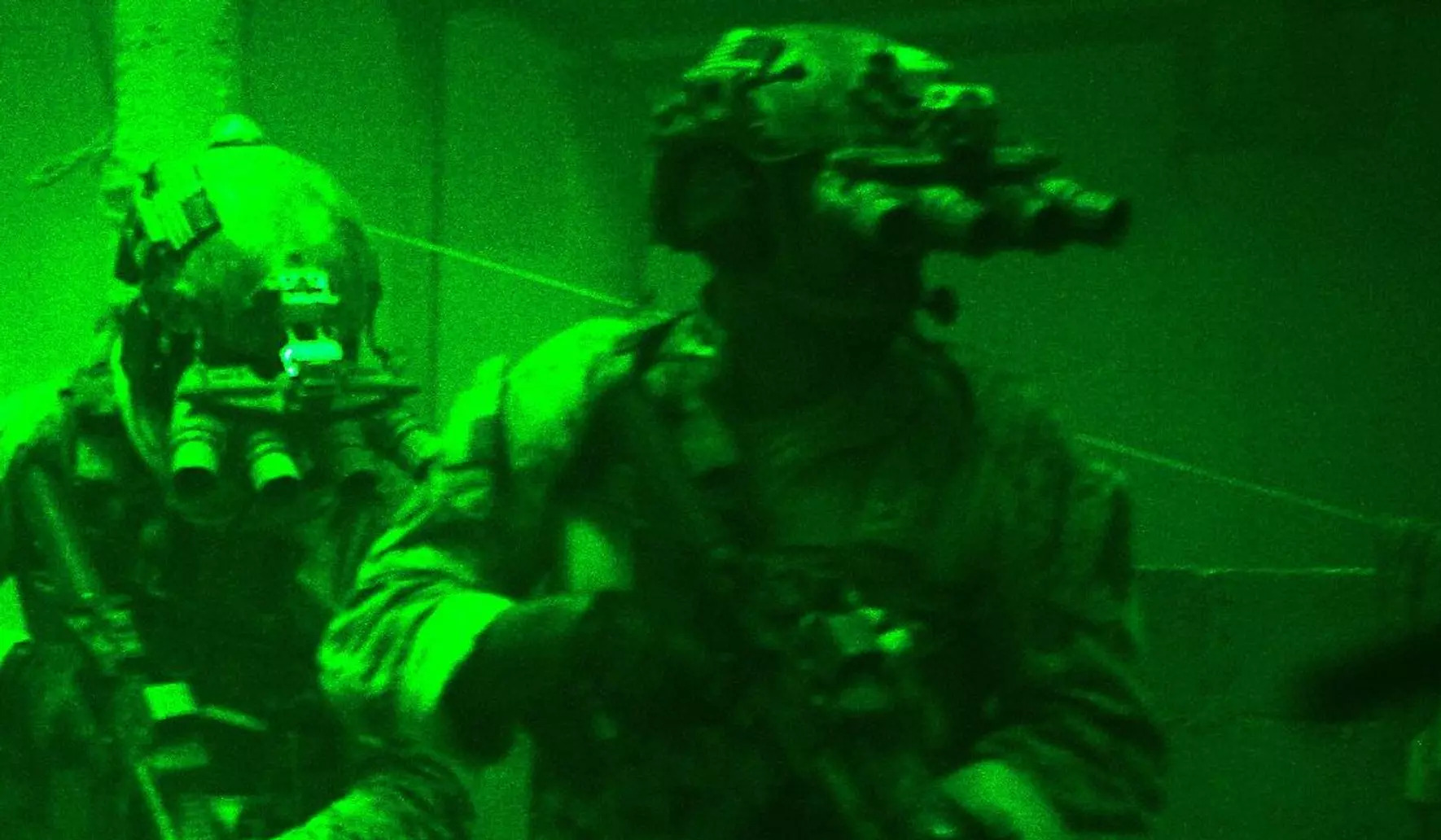
Zero Dark Thirty, written by Mark Boal and directed by Kathryn Bigelow, was a thriller about the killing of Osama Bin Laden in Pakistan and CIA operations. Night vision goggles, one of the military hardware equipment seen in the movie, were produced using 3D printing. Since authentic versions of these devices cost over $60,000 each, the production team turned to UK-based 3D printing company Prop Shop to create replicas.
Using the leaked original night vision goggles as a reference, Prop Shop produced identical replica glasses from aluminum using 3D printing technology. In addition to the iconic glasses used by the soldiers in the film, the helicopter rotors and landing gear seen in the action scenes were also produced using 3D printing. This method allowed for the fast and cost-effective creation of multiple copies of props destined to be destroyed during filming. Thanks to 3D printing, all props retained a high level of intricate detail while remaining production-friendly.




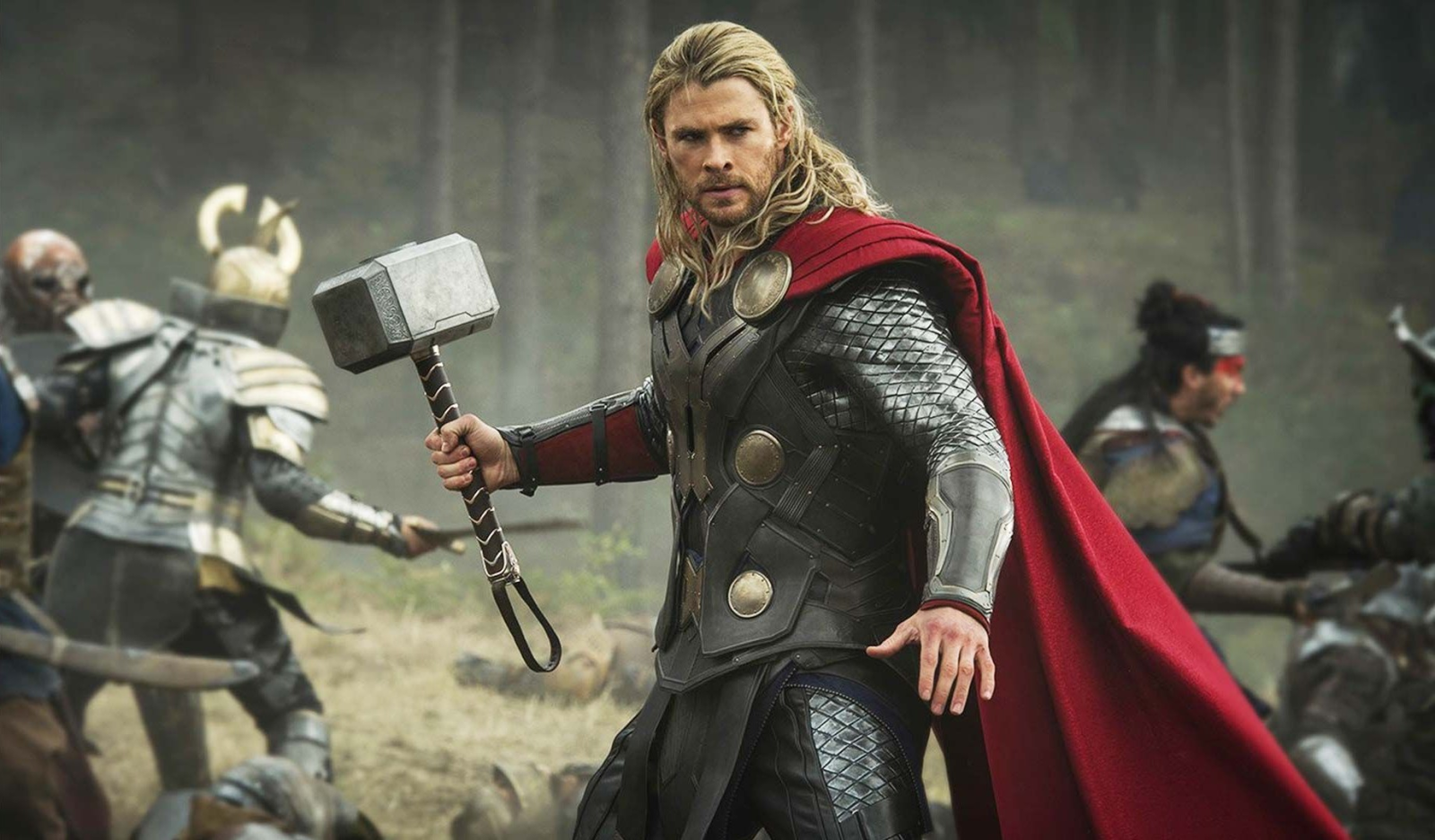













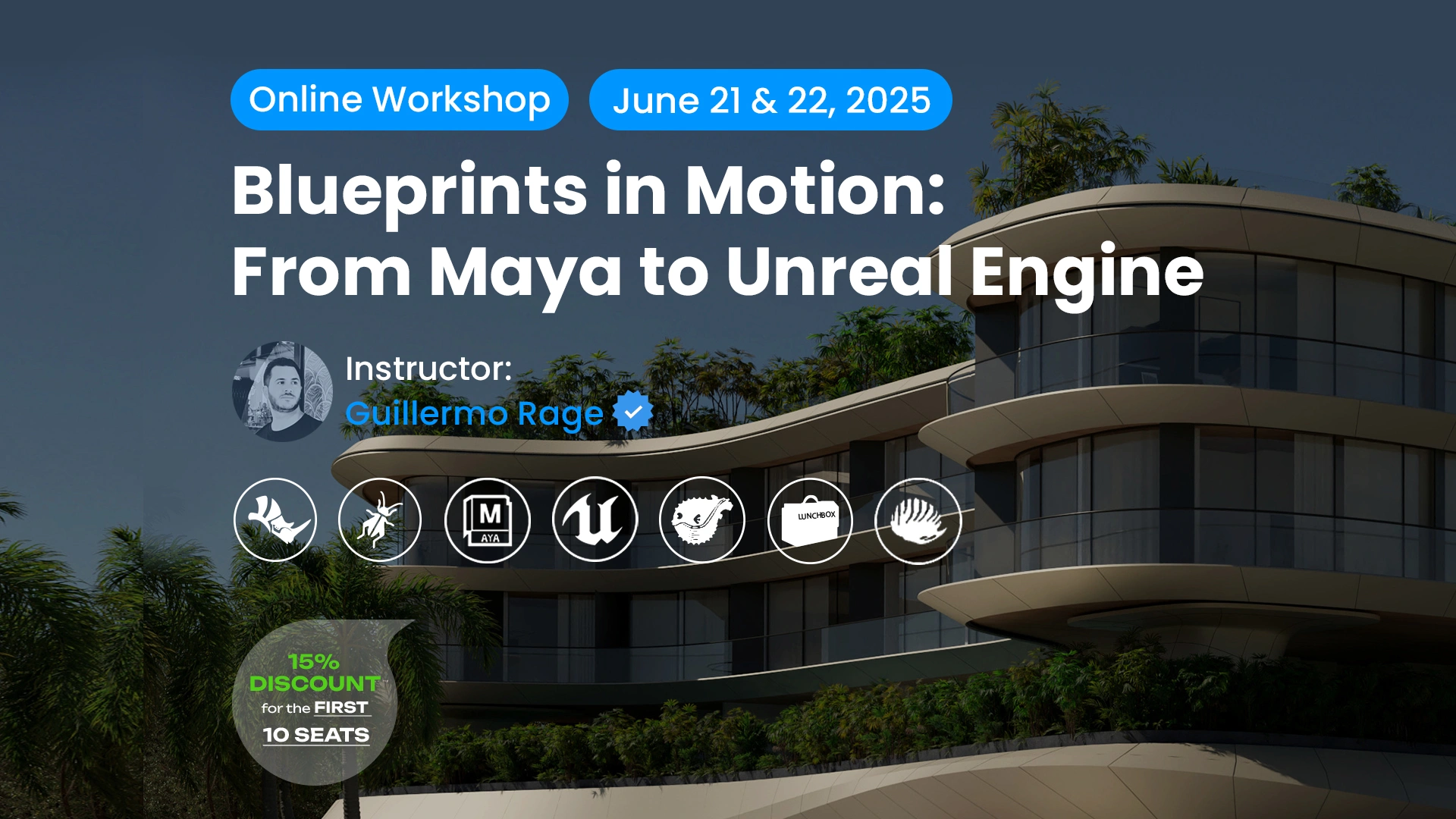


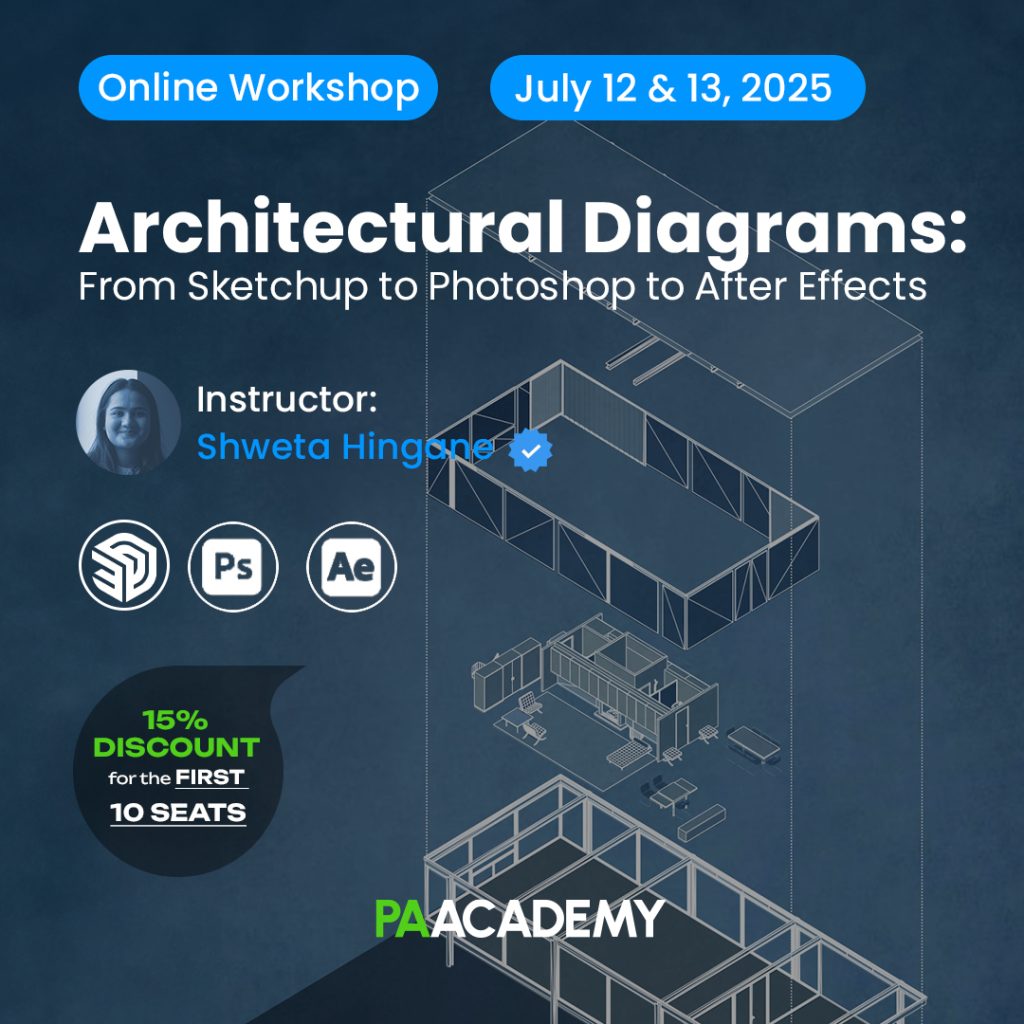
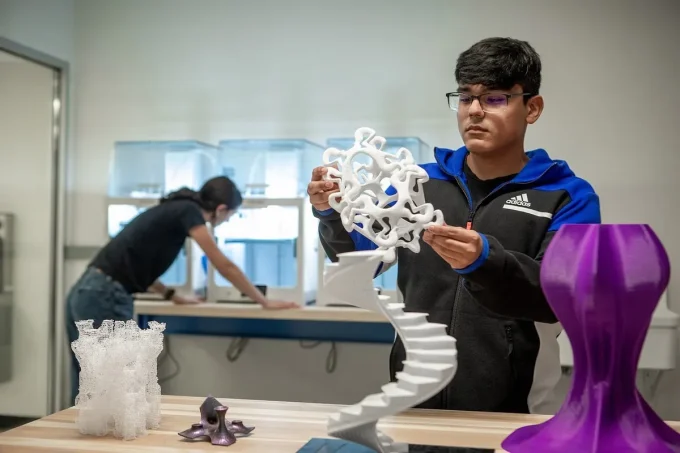







Leave a comment